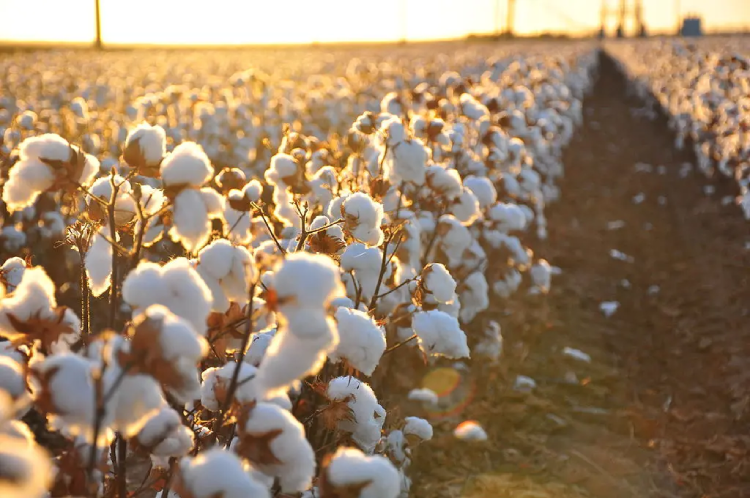COTTON GROWN
“Thriving in Australia’s diverse landscapes, our premium cotton is sustainably grown, delivering superior quality and comfort.”

GET INVOLVED
Cotton Australia has established genuine collaborations with retailers, brands, manufacturers, and supply chain partners that align with the industry’s principles. If your organization is committed to minimizing environmental impact, ensuring fair and safe treatment of workers, maintaining product quality, and ensuring supply chain traceability, we could explore potential business opportunities together.
WHERE IS COTTON GROWN?
- Cotton is grown in more than 249 regional Australian communities.
- The number of Australian farms growing cotton fluctuates depending on water availability.
- Australia is a small global cotton producer, but the world’s third-largest cotton exporter in a good season.
Cotton cultivation spans over 249 Australian communities, with major production hubs including Queensland’s Central Highlands, Darling Downs, Border Rivers, St George, Mungindi, and Dirranbandi regions, as well as New South Wales’ Gwydir, Namoi, Macquarie, Murrumbidgee, Murray, and Lachlan valleys.
Smaller cotton crops are cultivated in northern Victoria, northern Queensland, northern Western Australia, and the Northern Territory. Australia boasts up to 1,500 cotton farms, renowned for producing some of the world’s finest and highest yielding cotton. The number of farms may vary annually based on water availability and individual farmer decisions.
Globally, cotton is cultivated in over 70 countries, primarily in newly industrializing nations. Approximately 100 million cotton producers worldwide contribute to the industry, with China, the USA, India, Pakistan, and Brazil standing as the largest producing nations. While Australia is a comparatively minor global producer, it consistently ranks as the world’s third-to-sixth largest cotton exporter, contingent on seasonal variations.
HOW IS COTTON GROWN?
- Cotton is planted in spring, grown over summer, and picked in autumn.
- The cotton plant grows to around 1.2 metres in height.
- Each bale of cotton weighs 227 kilograms.
Cotton, a natural fiber, originates from a plant closely related to the commonly seen hibiscus in gardens.
Spring marks the planting of cotton seeds, which grow into one-meter-tall, bushy shrubs. These plants briefly bear pink and cream-colored flowers, transforming into cotton bolls after pollination.
Within the cotton bolls, fluffy white lint and seeds are found. Once the defoliation process occurs, leaving the plant resembling bare sticks, and the bolls crack open to reveal the lint, the cotton is ready for harvesting.
In Australia, mechanical harvesters collect the cotton, forming large, round, wrapped modules, which are then sent to a cotton gin for processing. The ginning process involves separating lint from seeds, eventually pressing the lint into rectangular bales, each weighing 227 kilograms.
These bales are shipped overseas for further processing, including spinning, dyeing, knitting, and weaving into fabrics used for clothing and home furnishings.
